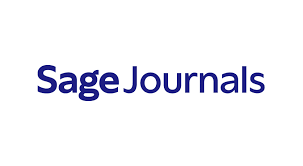🧭 What This Paper Asks
Citizens often enable corruption by paying bribes, yet even in highly corrupt settings only a minority always pay. This study asks why individuals choose to bribe in some situations but not others by combining insights from two major literatures on corruption.
🧭 Theoretical Approach
Integrating principal-agent and collective-action perspectives clarifies how three broad factors shape selective bribery:
- motivations (e.g., expected personal benefit),
- costs (e.g., monetary and time expenses), and
- risks (e.g., detection and sanctions).
This analytical framework explains when and why citizens are more or less willing to engage in corrupt payments.
🧪 How This Was Tested
A pre-registered conjoint experiment conducted in Ukraine in 2020 evaluates the framework’s predictions. The design varied attributes relevant to the decision to pay a bribe and measured respondents’ stated willingness to engage in corruption across scenarios.
🔬 Key Findings
- Few people report always paying bribes, even where corruption is endemic.
- Experimental results predominantly corroborate the pre-registered predictions: citizens’ motivations, perceived costs, and perceived risks systematically affect willingness to bribe.
- The framework helps identify specific situational features that increase or dampen citizens’ readiness to pay bribes.
💡 Why It Matters
Understanding selective bribery points to targeted institutional reforms that could reduce citizens’ incentives to pay and help break self-reinforcing cycles of corruption. The findings offer actionable guidance for policies aimed at altering the costs, risks, or perceived benefits that drive corrupt exchanges.







